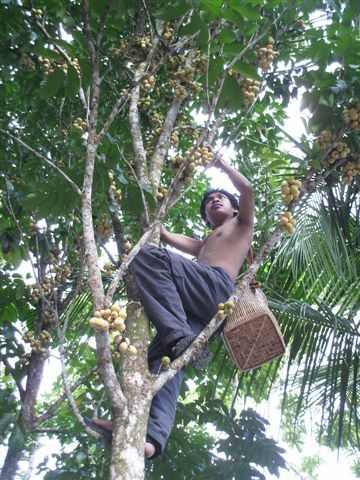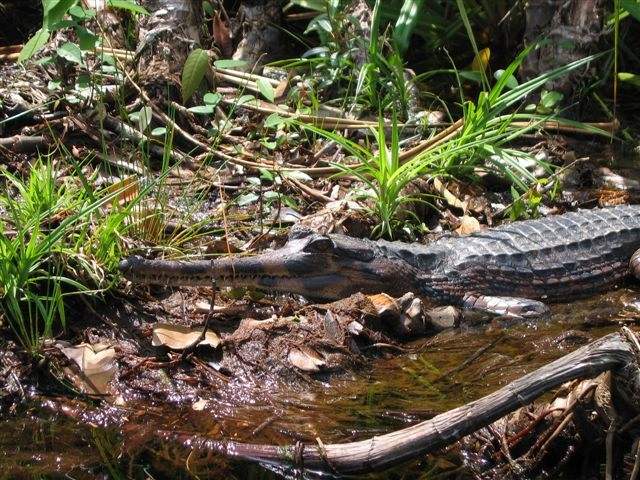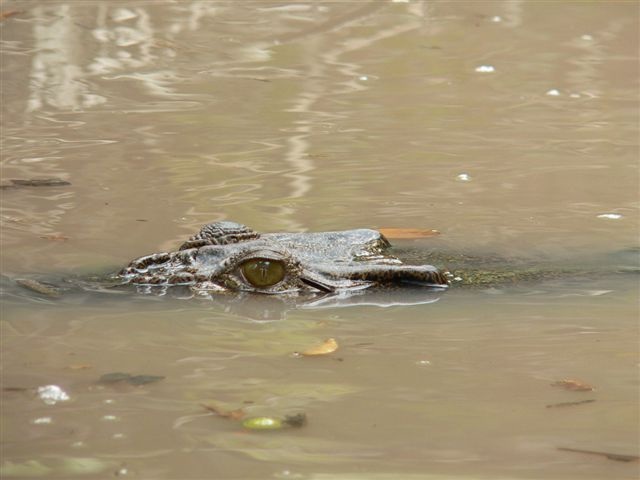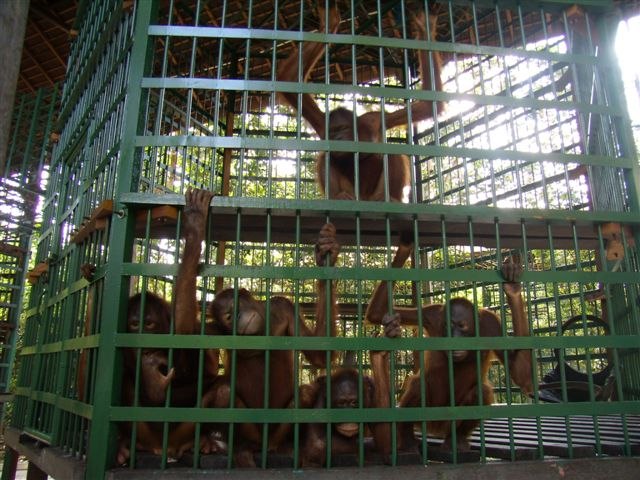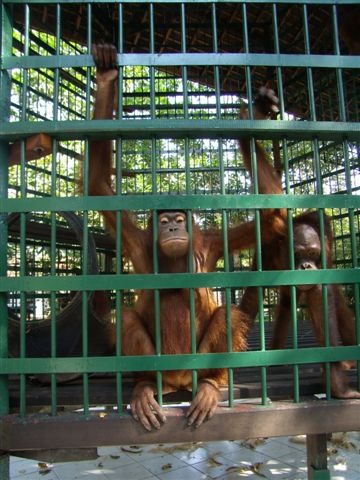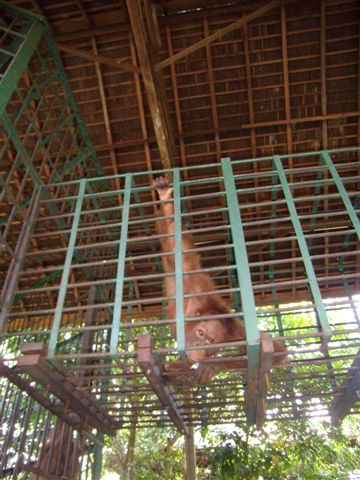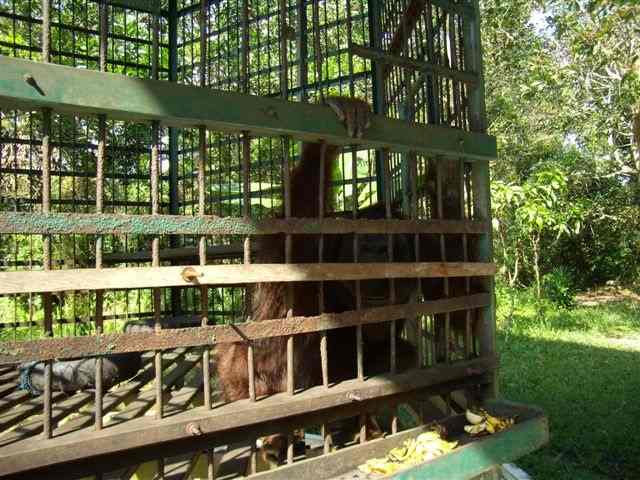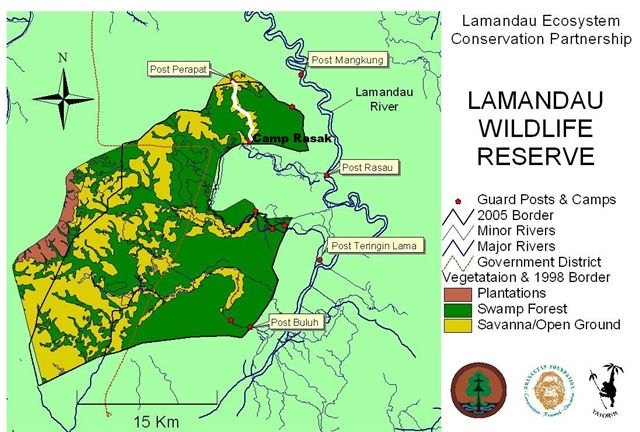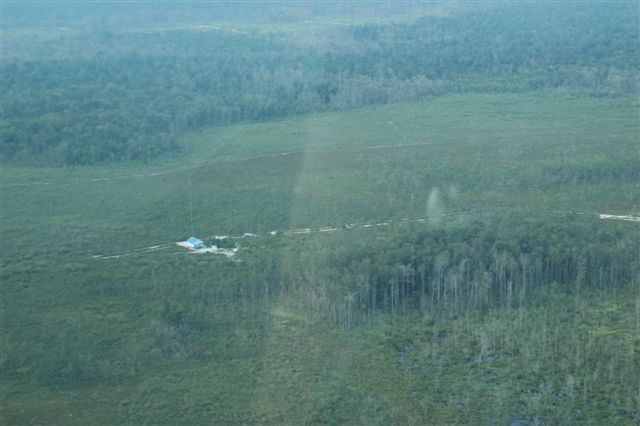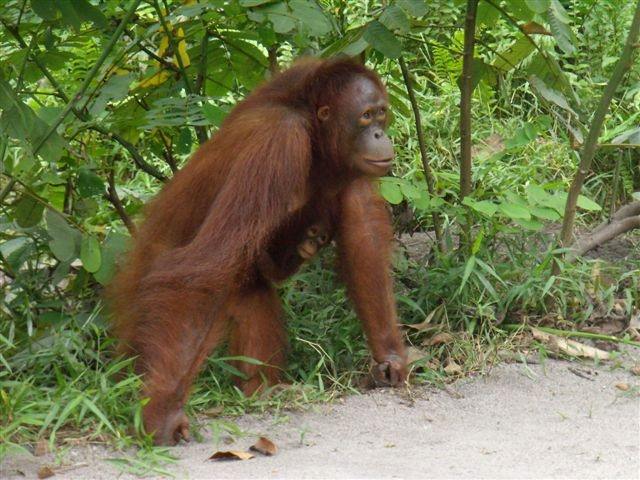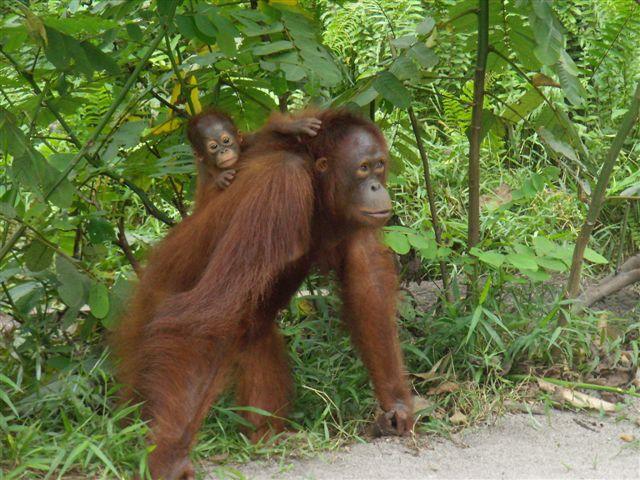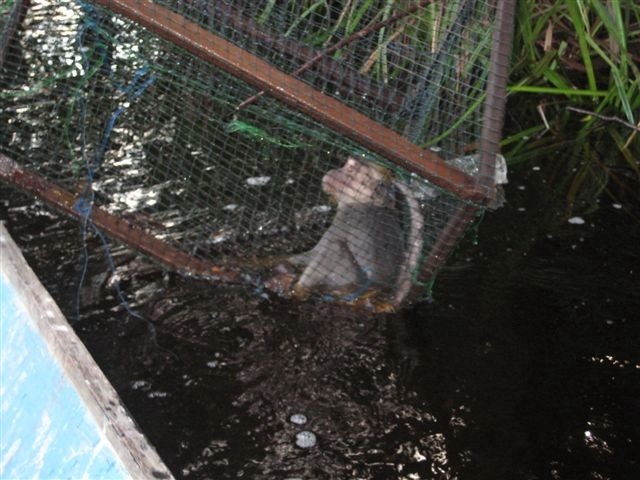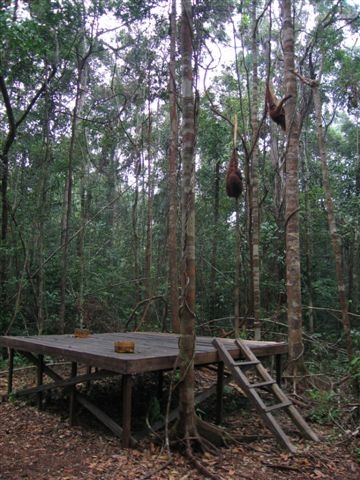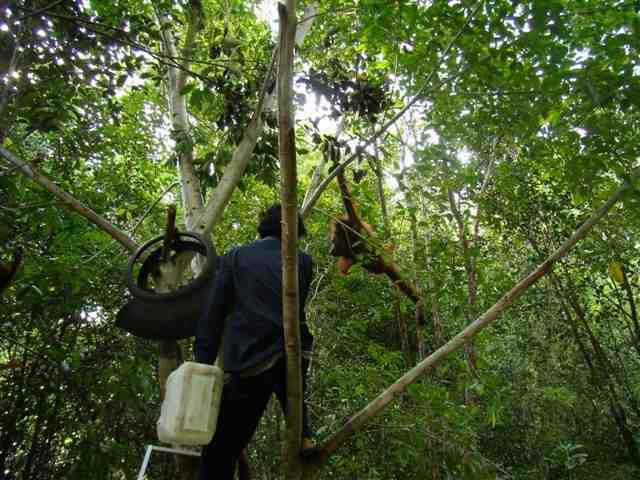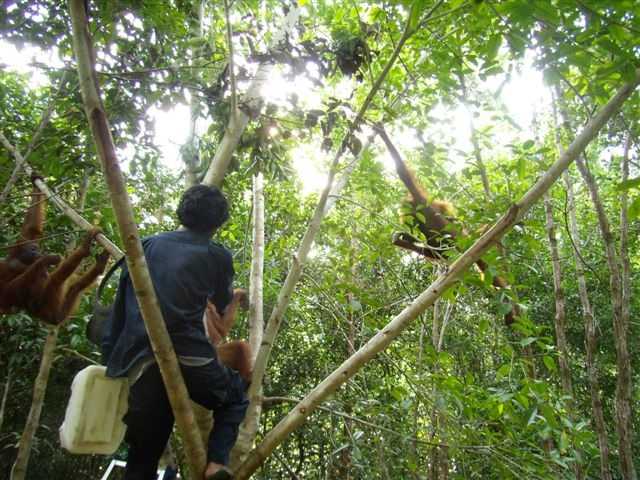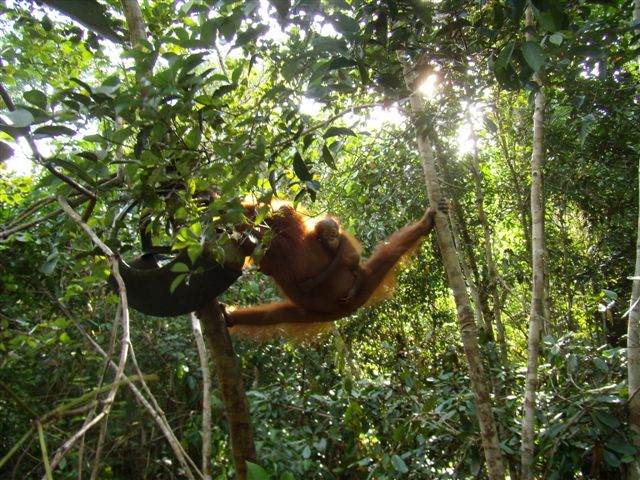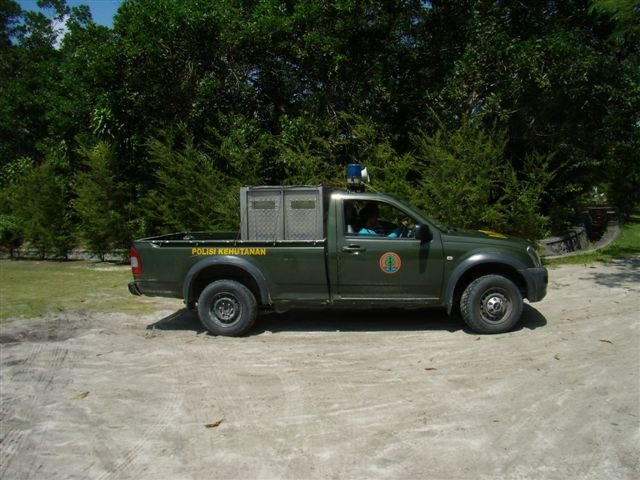Nancy, Cathy and Theresa, thank you very much for your donations. So far on Wildlife Direct when we have asked for your support we have always received a positive response. This is really, really appreciated. The rebuild of the “escapees'” enclosure is progressing well with one whole side already chopped away (of course, I forgot to take my camera some photos soon I promise).
Brigitta delighted to know everything is all set for your trip. I will actually be in Tanjung Puting on the 9th so it is probably best if we make a date for the 10th. If you tell your boat driver to stop at Pondok Ambung I’ll meet you there. If for any reason, I have had to go on ahead to Camp Leakey just ask around and someone will point me out. I quite like the idea of videoed questions and videoed answers. I hope it works!
Now onto more serious matters, I am surprised my last post, ‘Small feel of freedom’, was considered light-hearted. I admit the story of a bunch of adolescent orangutans running amok makes me smile, but the story of yet another orphan breaks my heart. And it breaks my heart that he came from a village we know, but outside of our project area. Why can’t we work everywhere?
Late last night, Bhayu (Foundation’s Project Co-ordinator) and Teguh (The Guard Post Supervisor) got back from a trip to the Buluh Kecil and Buluh Besar Rivers in Tanjung Puting National Park, where they had accompanied a German scientist interested in studying TPNP’s peat forests. In one stretch of river, heading upstream from the Buluh Kecil post, they saw a phenomenal 26 wild orangutans.

You can just make out an orangutan in the middle of the trees.
Admittedly, ketiau trees were in fruit, which had drawn the wildlife in, but still that number of orangutans in a journey of, at most, 10km is extraordinary. Two cheek padded males were happily eating less than 200m apart. Clearly, not a lot of competition there. Next, on the Buluh Besar River, our guys encountered a huge colony of fruit bats or flying foxes (Pteropus vampyrus). Flying foxes have a wingspan of up to 1.5m (4’) and have been described as “resembling a small eagle in flight.” According to Bhayu, this colony (or camp as they are technically called) numbered well into the 1,000’s yet elsewhere in Central Kalimantan they are, or already have been, hunted to virtual extinction.
Today, I was told a story by an old friend and colleague, Fajar who does most of his work on the east side of Tanjung Puting. We are helping his team build a guard post there or, more accurately, relocate a guard post because the current site is about to be converted to a palm oil plantation. Fajar and his team were looking for a site for the new post. They went up the Baung River on day one and came back three days later. On the way up, they passed a stand of trees with long-tailed macaques and birds in it. When they came back, all the trees were gone.

Deforestation happens that quickly. And it is very, very real.

Fajar taking GPS reading of an oil palm plantation's boundary.
The photo shows Fajar taking a GPS reading in front of one of the plantation’s approved markers. It is a line of trees, like the one in the background, which has now been flattened. If you look at the map (sorry it is in Indonesian) you can see Pos Baung, the post we want to move and why. Amazingly, the company (P.T.) KUCC has already exceeded its designated area, planting out in P.T. Giat’s concession.

That is a border conflict that we find amusing, but cynical me thinks it will turn out that P.T. KUCC and PT Giat will have the same holding company which means it will make no difference to anyone at the end of the day. It certainly won’t change the fact that the forest, and its wildlife, will be gone.
On the news I heard an announcement that Unilever has promised to only use “sustainable palm-oil” by the year’s end, despite their being no suitable palm oil yet on the market. Greenpeace replied “good, but what is needed immediately is a moratorium of forest clearance”. I am pleased with Unilever’s announcement – they do have the clout to drive change (and it's consumers who have brought this about), but I agree with Greenpeace. This forest clearance has to stop.
Read about Unilever's announcement in the Jakarta Post



